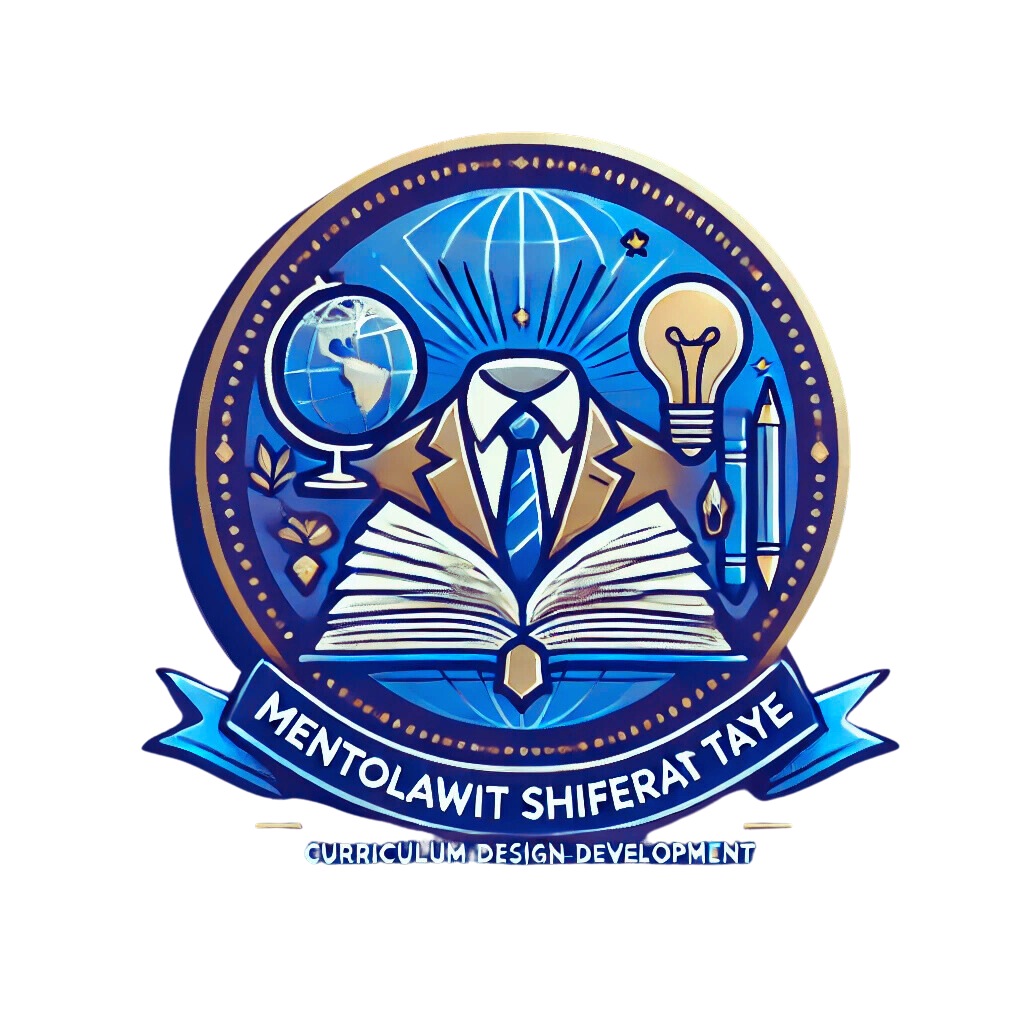
Learner-Centered Focus
Empower Learners: Emphasize designing experiences that prioritize the needs, backgrounds, and interests of diverse learners.
Differentiated Instruction: Advocate for varied instructional methods to accommodate different learning styles and abilities.
Evidence-Based Practices
Research-Informed Strategies: Incorporate insights from educational research and best practices (such as ADDIE or SAM models) to create effective learning interventions.
Data-Driven Decisions: Highlight the importance of assessments and evaluations to continually refine instructional materials.
Engagement and Interactivity
Active Learning: Focus on strategies that engage learners actively through discussions, problem-solving tasks, and hands-on activities.
Multimedia Integration: Leverage technology and multimedia tools to create immersive and interactive learning experiences.
Accessibility and Inclusivity
Universal Design for Learning (UDL): Ensure that your designs are accessible and provide multiple means of representation, engagement, and expression.
Culturally Responsive: Tailor content to reflect diverse perspectives and experiences, making learning relevant to all students.
Reflective and Iterative Improvement
Continuous Feedback: Emphasize the role of feedback loops, both from learners and peers, to iterate and enhance instructional materials.
Reflective Practice: Highlight a commitment to self-assessment and ongoing professional development to stay current with educational trends.
Clarity and Real-World Relevance
Clear Objectives: Design curricula with explicit learning goals and coherent pathways that guide learners from foundational concepts to advanced applications.
Practical Application: Connect learning experiences to real-world contexts, ensuring that theoretical knowledge translates into practical skills.
